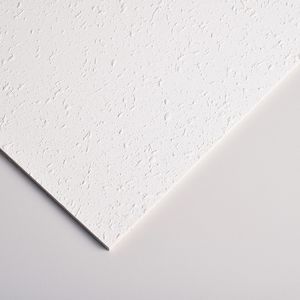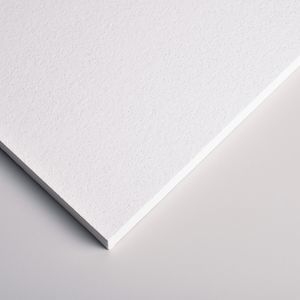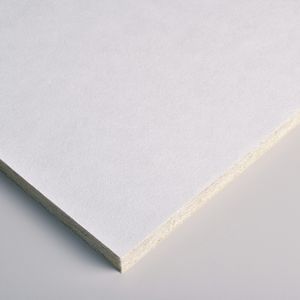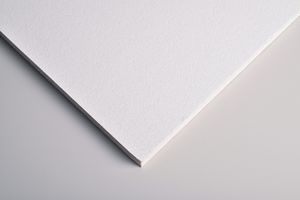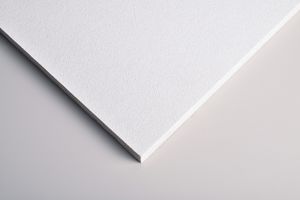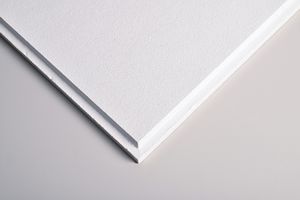
- Interior & Exterior fittings
- Partition, Ceiling, Raised floor
- Mineral fiber suspended ceiling
- Armstrong Ceiling Solutions
- Products
- Catalogs
- News & Trends
- Exhibitions
Mineral fiber suspended ceiling BENEtilefor officeindoor




Add to favorites
Compare this product
Characteristics
- Material
- mineral fiber
- Type
- tile
- Room/use
- for office
- Location
- indoor
- Technical characteristics
- acoustic, flame-retardant, A2-s1, d0
- Aesthetics
- decorative
- Ecological characteristics
- recycled, 100% recyclable
- Width
600 mm
(24 in)- Length
600 mm, 1,200 mm
(24 in, 47 in)- Thickness
14 mm
(0.551 in)
Description
Available with board and tegular edge details, Bene is an affordable suspended ceiling tile. Its finely fissured surface texture provides well-balanced acoustic performance, making it an ideal ceiling solution for a number of different interiors, including offices and retail spaces. An affordable and trusted ceiling tile, Bene is manufactured in the UK and is always available from our distribution partners. Previously known as Academy Merit.
Bene board edge tiles have flat, square edges that fully expose a standard suspended ceiling grid.
Bene tiles can be ordered with a tegular edge. This rebated edge detail slightly drops the ceiling tile below a standard ceiling grid, creating a semi-bevelled visual across the ceiling.
Sound Absorption αw
0.6
Sound Absorption Class
C
Sound Reduction Index Rw (dB)
17
Sound Attenuation Dnfw (dB)
35
Sound Absorption NRC
0.6
Fire Reaction EN135011
A2-s1,d0
Cleanability Types
Dry cloth / Soft brush
Humidity Resistance (RH %)
95%
Light Reflectance
85%
Formaldehyde Emissions
E1
Low VOC Emissions
A
Recycled Content
50%
Recyclable Through Zentia
Yes
Recyclable
Yes
Catalogs
No catalogs are available for this product.
See all of Armstrong Ceiling Solutions‘s catalogsRelated Searches
- Ceiling
- Acoustic ceiling
- Interior suspended ceiling
- Tile ceiling
- Decorative ceiling
- Panel ceiling
- Office ceiling
- Metal ceiling
- Flame-retardant ceiling
- Conference room ceiling
- Color suspended ceiling
- Made from recycled materials suspended ceiling
- Aluminum ceiling
- Ceiling with hidden framework
- Light ceiling
- Clean room ceiling
- 100% recyclable ceiling
- Recycled suspended ceiling
- Design ceiling
- Recyclable suspended ceiling
*Prices are pre-tax. They exclude delivery charges and customs duties and do not include additional charges for installation or activation options. Prices are indicative only and may vary by country, with changes to the cost of raw materials and exchange rates.


